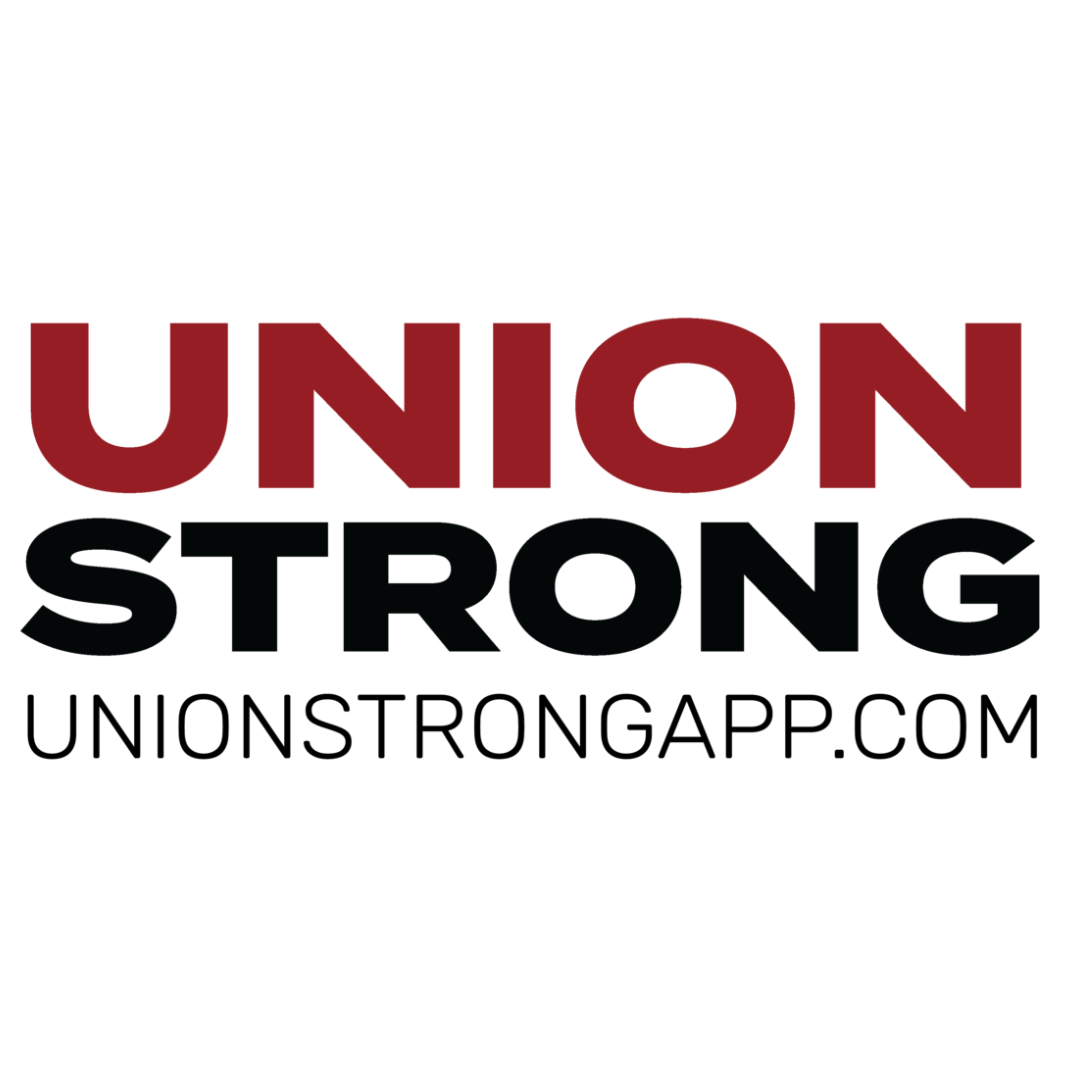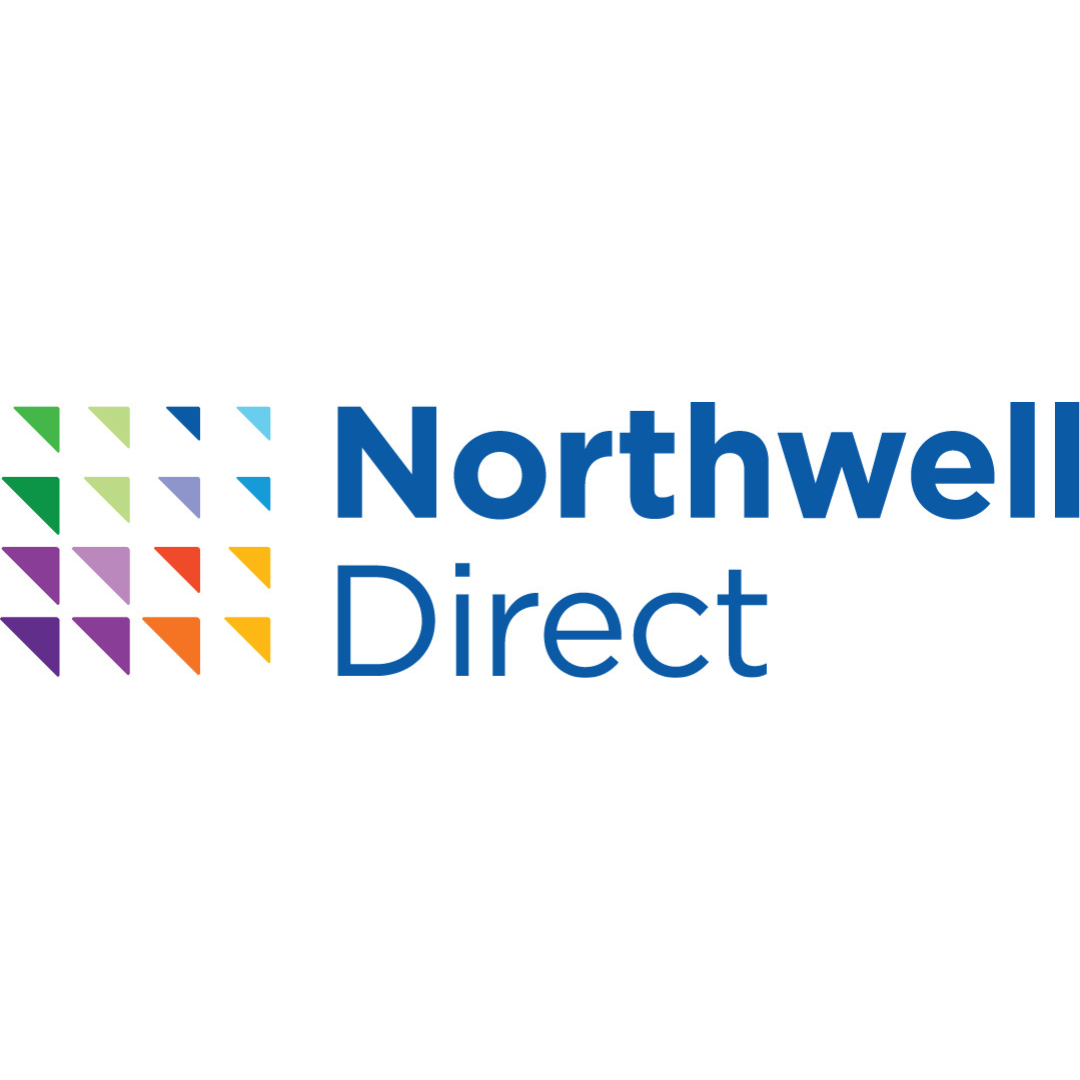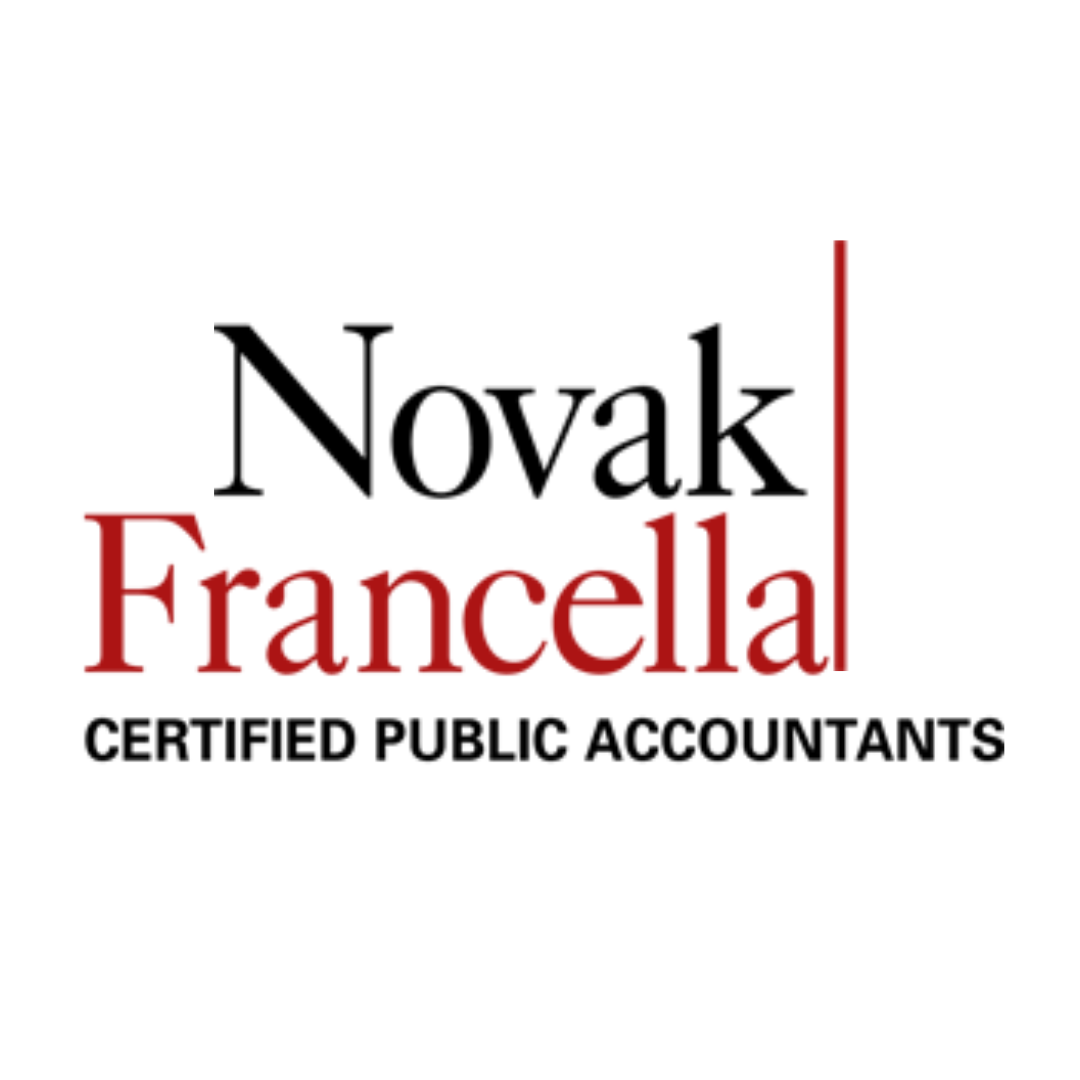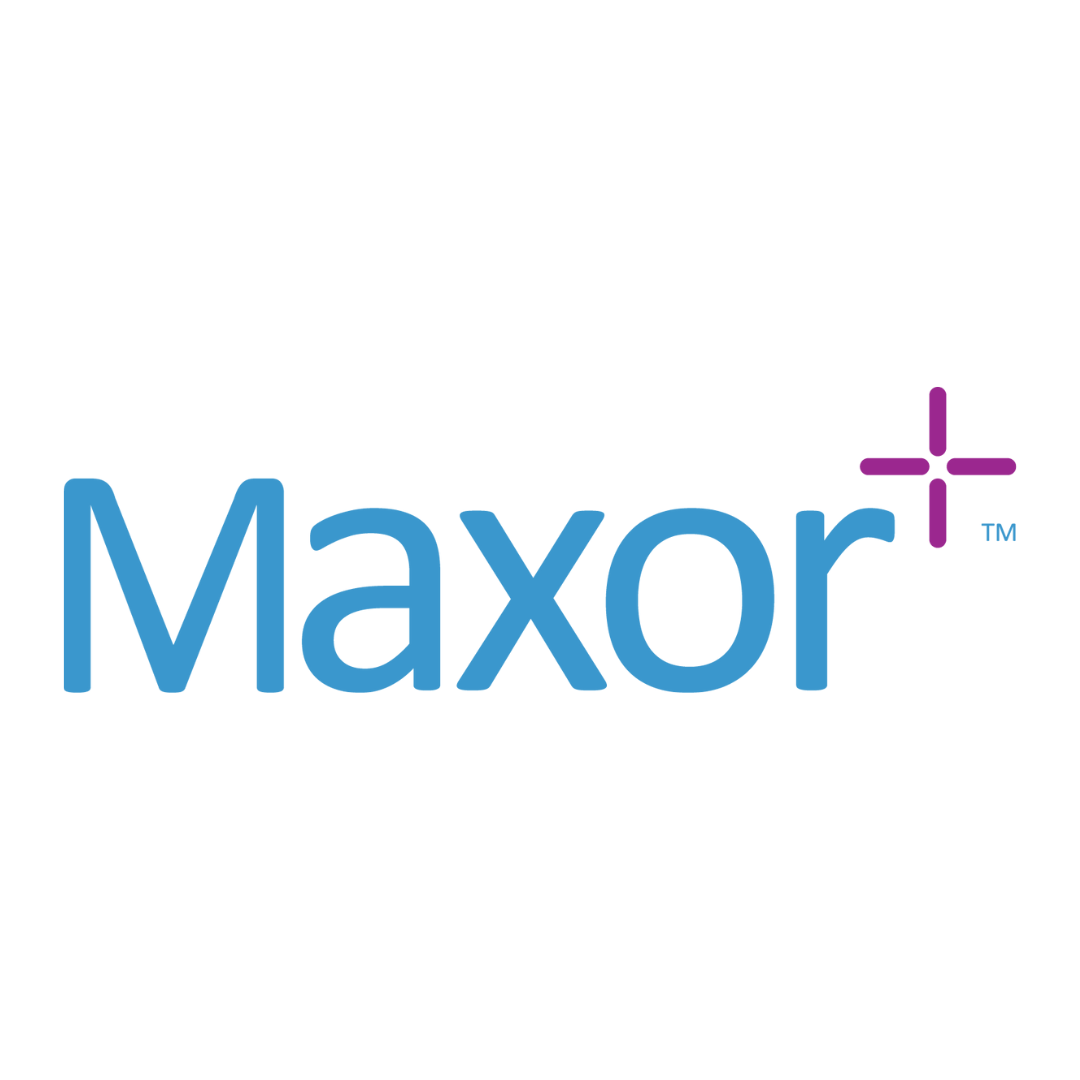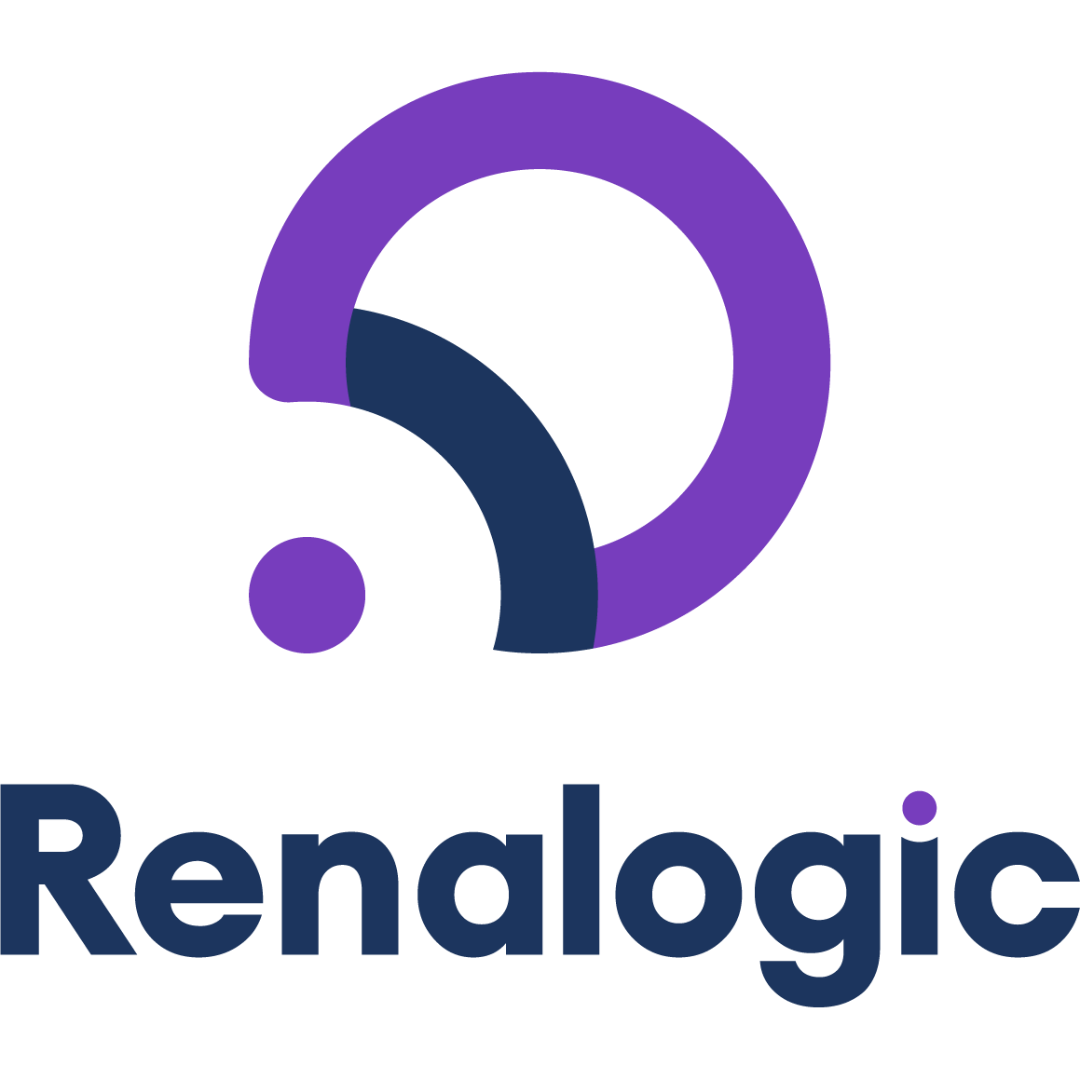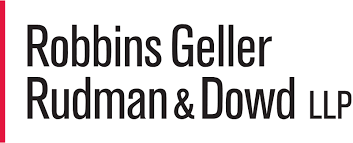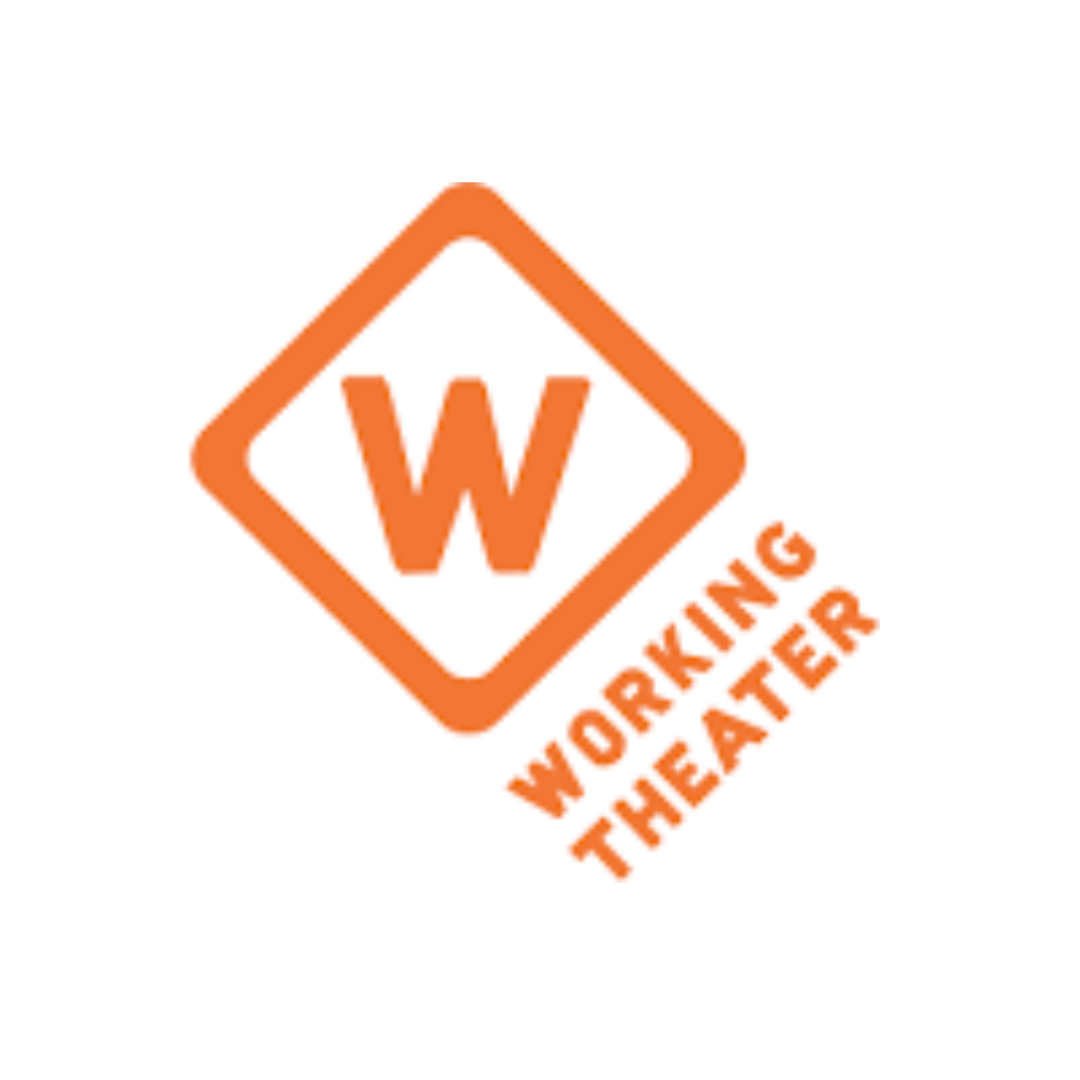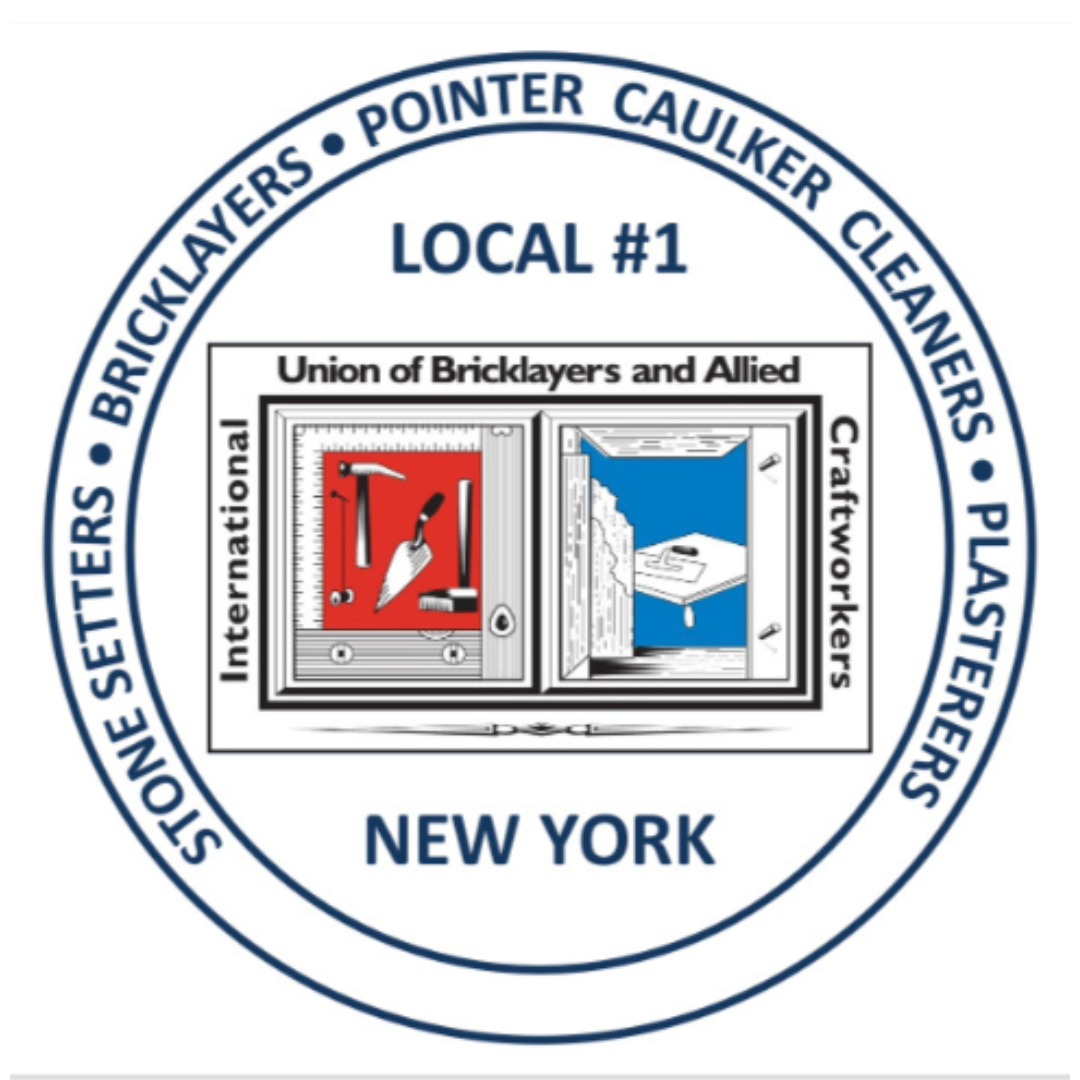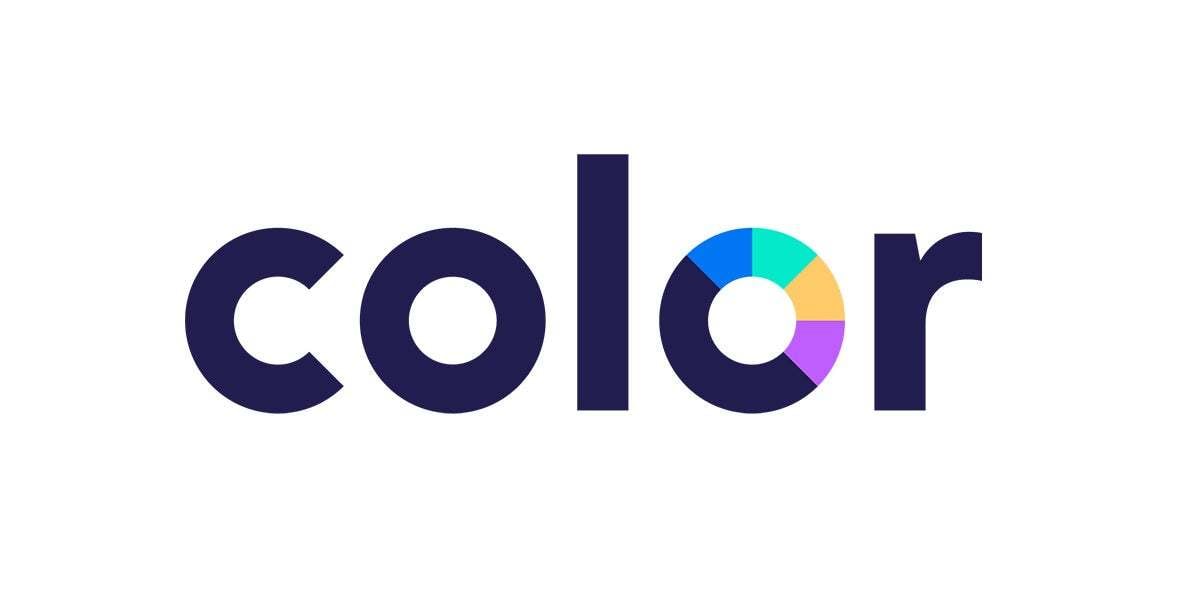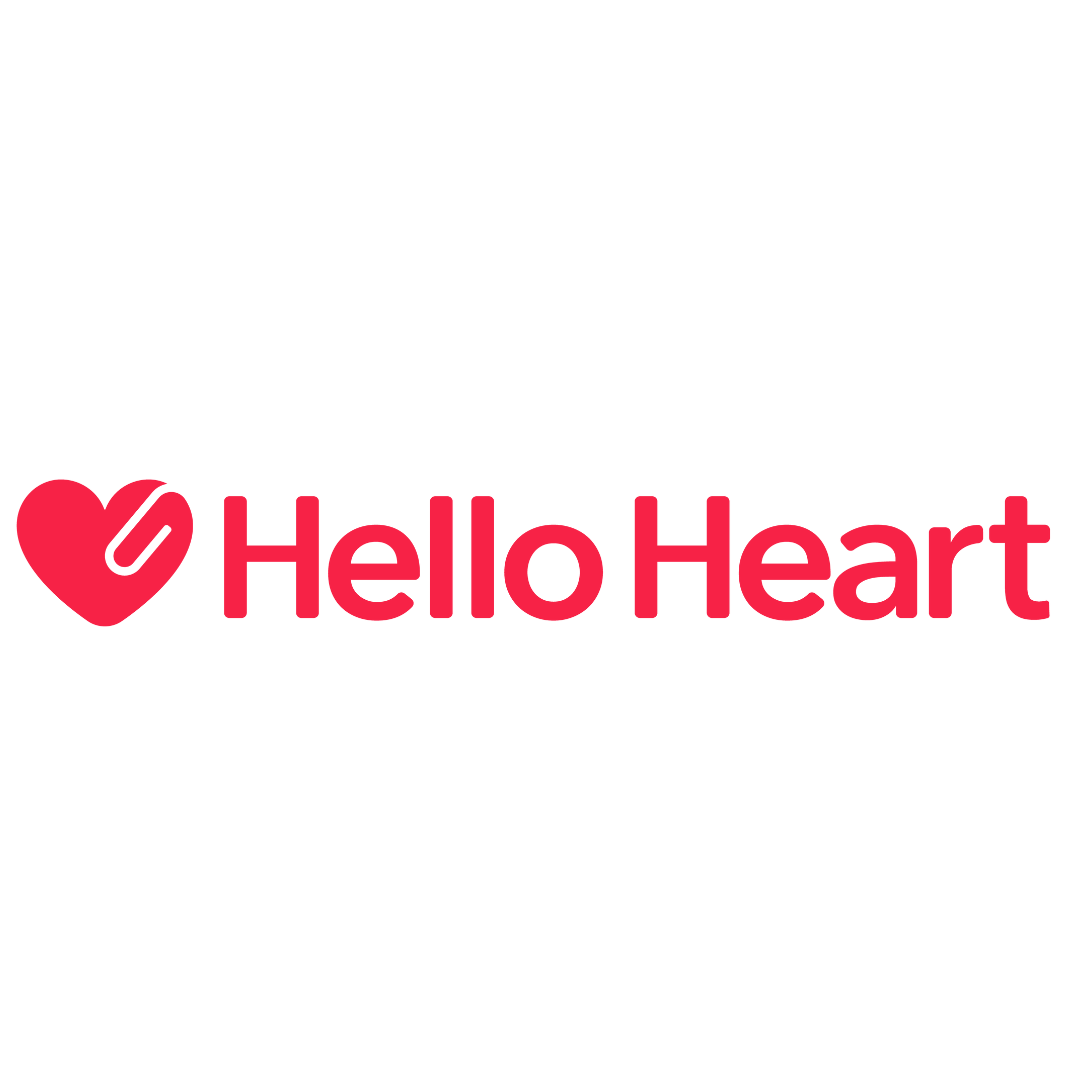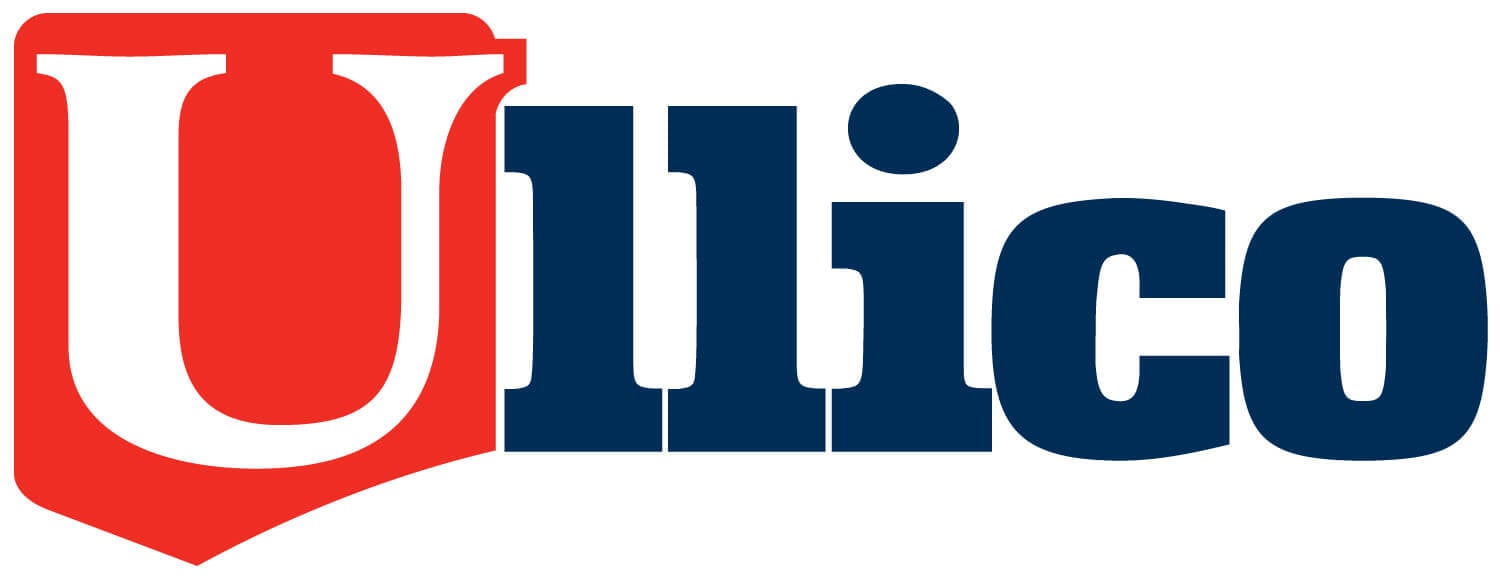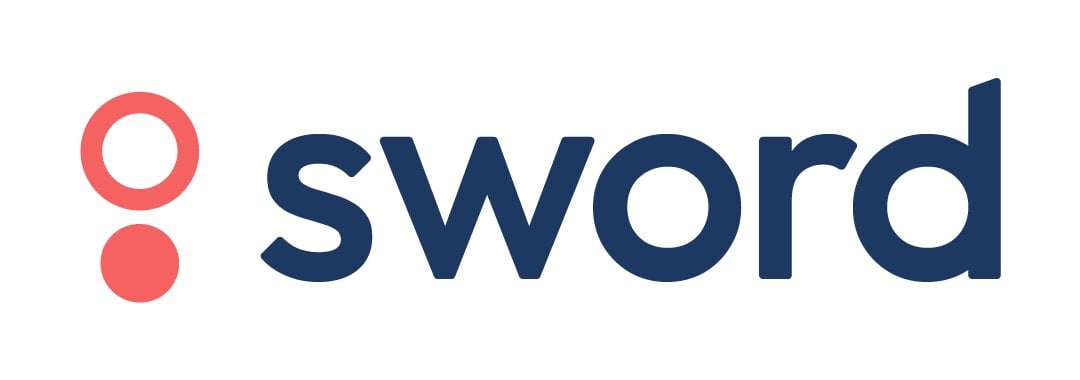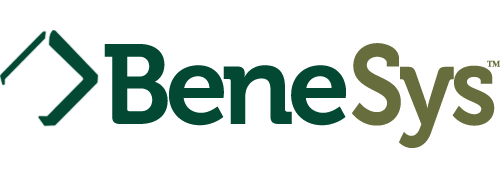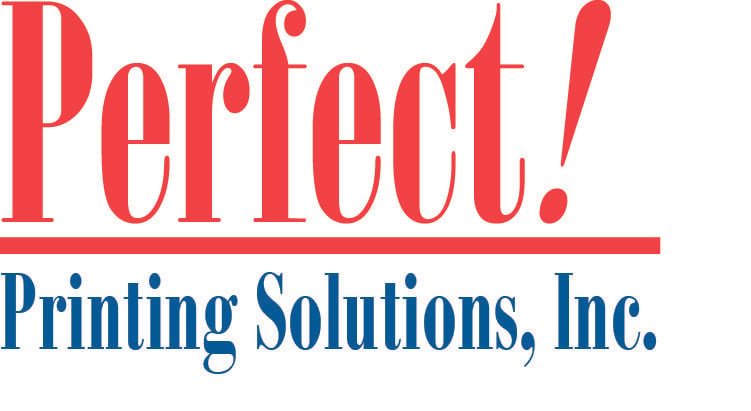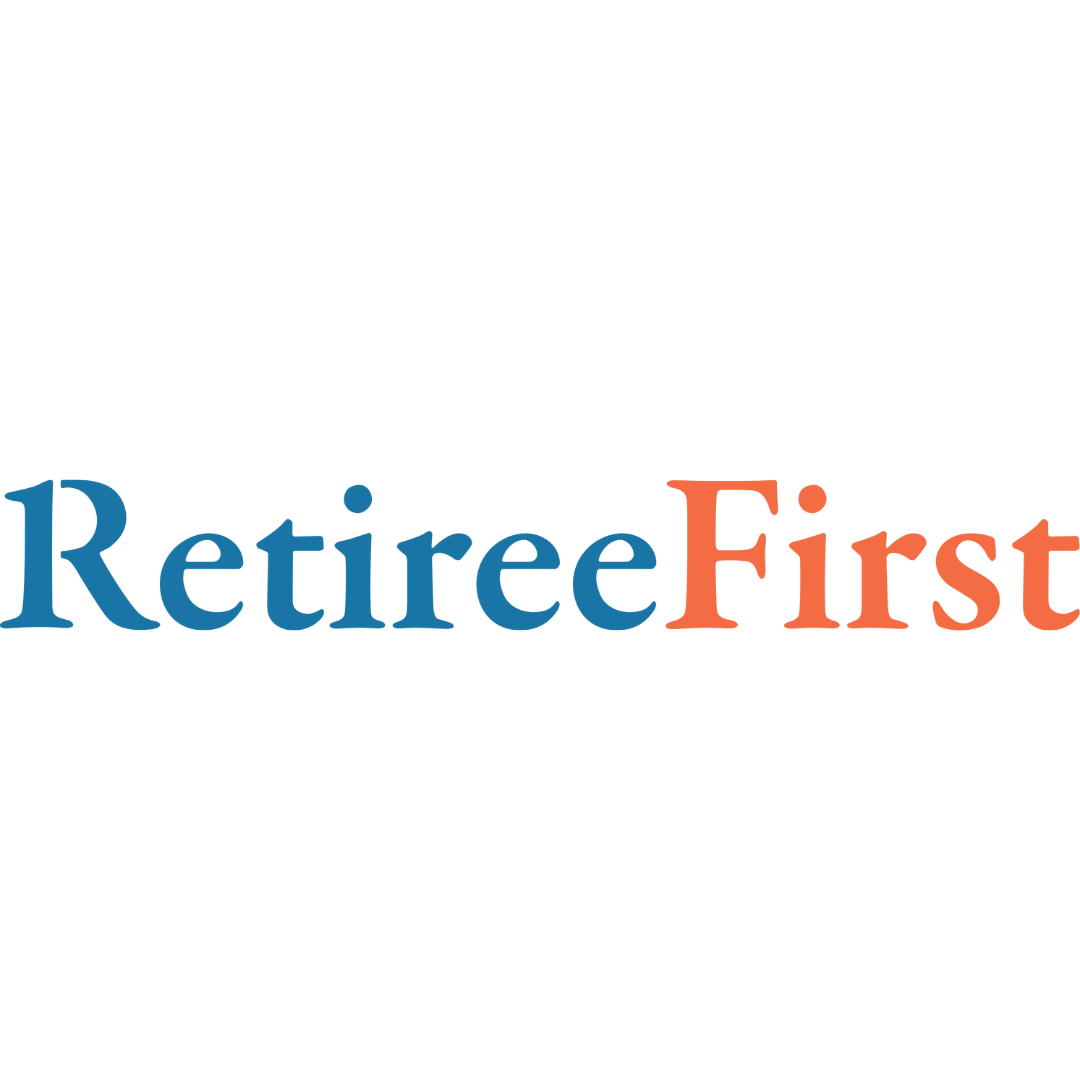Mitigating Rising Healthcare Costs with Digital Health Programs
Hello Heart
Staff
Now that the worst of the pandemic appears to be over, employers can finally look forward to some much-needed control of healthcare costs, and even some cost-savings. Or… maybe not.
After facing a 5% increase in 2022, 54% of U.S. employers expect their healthcare costs to rise an even steeper 6% in 2023. And most employers do not expect any relief in the near-term future, with 71% anticipating moderate to significant increases over the next three years.
The Inflation Storm Is on the Way
Still, some might say that a 6% rise in healthcare costs, while certainly not welcome, is not shocking given that current year-over-year inflation in the U.S. is hovering around 8% (and some experts say that the actual rate is significantly higher).
There is some truth in this view, but it is not the whole story. A big reason why healthcare costs haven’t surged in alignment with prevailing inflation is because payers may have multi-year pricing contracts, which have not yet factored in higher payment rates and premiums. When this happens – and there is no way to avoid it – the prediction of merely a 6% cost hike could seem in hindsight like wishful thinking.
"There are signs everywhere that hospital price increases are coming, and that’s going to push insurance premiums for employer-provided health benefits higher next year," said Kaiser Family Foundation's Larry Levitt in an interview with Axios. "The healthcare sector has been somewhat insulated from the inflation that’s been hitting the rest of the economy, but probably not for much longer."
Heart Disease Is on the Rise
While there are many ailments and conditions on the healthcare landscape, heart disease continues to be the most prevalent, affecting about 21.1 million adults aged 20 and older in the U.S. Heart disease is also the leading cause of death for men, women, and people of most racial and ethnic groups in the U.S. In 2020, about 697,000 people died from heart disease, which is one in every five deaths.
Furthermore, the results of a study published in early 2022 found that even a mild case of COVID-19 may increase a person’s risk of cardiovascular problems for at least a year after diagnosis. Researchers also found that rates of many conditions, such as heart failure and stroke, were significantly greater in people who had recovered from COVID-19 vs. those who did not have the disease.
Still, Millennials and Gen Zers may be taking a little solace in the assumption that heart disease is typically something that affects older people, which means they have a few decades before they need to pay attention and dial up the concern level. But they need to think again. Research has revealed that heart attacks are becoming increasingly common in people under 40 years of age.
"It used to be incredibly rare to see anyone under age 40 come in with a heart attack – and some of these people are now in their 20s and early 30s," said Ron Blankstein, MD, a preventive cardiologist at Brigham and Women's Hospital, associate professor at Harvard Medical School in Boston, and the study's senior author. "Based on what we are seeing, it seems that we are moving in the wrong direction."
And commented Raju Modi, MD, a cardiologist at University Hospitals in Cleveland, “The heart disease trend that we’re seeing over the last two decades is in the very young, defined as people who are under the age of 40. From 2006 to 2016, we’ve seen about a 2% per year increase in very young people with heart attacks.”
The High Costs of Heart Health-Related Conditions
Currently, 19.7% of U.S. GDP is spent on healthcare – nearly double the average of other Organization for Economic Cooperation and Development (OECD) countries. Of these costs, heart health-related conditions, including heart disease and stroke, are the most expensive to treat, with an annual price tag of around $229 billion.
And unfortunately, the word “treat” must be used very loosely, because cardiac care is riddled with fraud, abuse, and waste. An investigative report found that unnecessary invasive procedures (such as stents, angioplasty, and pacemaker implants) could account for up to one in every five cardiac procedures. Consider the following:
- The Objective Randomized Blinded Investigation with Optimal Medical Therapy of Angioplasty in Stable Angina (ORBITA) trial found that participants who received a stent fared no better than those who did not.
- The Clinical Outcomes Utilizing Revascularization and Aggressive DruG Evaluation (COURAGE) trial found that placing a stent and unclogging arteries failed to reduce the risk of death, heart attacks, or other cardiovascular events.
- The International Study of Comparative Health Effectiveness with Medical and Invasive Approaches (ISCHEMIA) trial found that stents and bypass surgery were no more effective than drugs for treating stable heart disease.
What Employers and Unions Need to Do Now – Not Later
Self-insured employers in the U.S., who enable more than 181 million members to access healthcare, as well as Taft-Hartley trusts that cover approximately 10 million members, are experiencing sustained increases in heart-related healthcare claims spending. And the costs are only going to increase in the years ahead.
A big part of the solution involves shifting the emphasis from treatment, which may be invasive and unnecessary, to highly effective prevention. For managing high blood pressure, which is often a precursor to more serious heart issues, the American Heart Association and the American College of Cardiology recommend medication and lifestyle management. The Centers for Disease Control and Prevention (CDC) also advises increasing the use of self-measured blood pressure monitoring. The Surgeon General has recognized hypertension as the most important risk factor for coronary heart disease, stroke, congestive heart disease, and end-stage renal disease. In addition, uncontrolled hypertension disproportionately affects historically marginalized populations, with Black adults experiencing significantly higher death rates from stroke than white adults.The AMA and AHA outline the importance of monitoring blood pressure at home and how the rates of hypertension patients whose blood pressure is under control have fallen in recent years. Simply put: healthy habits and preventative care could help patients reduce the risks of high blood pressure and its associated costs.
And so, what is the barrier preventing the shift from reactive treatment to proactive care? Traditional disease management and blood pressure tracking programs have tried, yet largely failed, to keep patients engaged. There are lofty expectations and the best of intentions, but compliance remains an issue. Effectively engaging patients in their care is essential for improving health outcomes. That is where digital health programs enter the picture and change the conversation.
The Impact of Digital Health Programs
Digital health programs bridge the gap between self-care and traditional care through jargon-free personalized digital coaching and medication reminders, which are securely and confidentially delivered to patients on their smartphone.
The emphasis on jargon-free is important. Digital health programs take the confusion and mystery out of blood pressure numbers and terminology, so that patients grasp what they actually mean and can take an active, informed role in their overall health and wellness. This enhanced accessibility may also make interactions with their physician more effective. A 2021 survey commissioned by the American Health Information Management Association (AHIMA) found that three in four Americans do not leave their doctor's office on a positive note for reasons that include disappointment in the level of Q&A that they have with their doctor, confusion about their health, and a need to do more research.
What’s more, digital health programs do not just have the potential to improve patient outcomes – they may also drive meaningful cost savings. A peer-reviewed study published in 2021 in JAMA Network Open found that 84% of employees who used Hello Heart’s digital health coaching app and had a baseline blood pressure over 140/90 (known as “hypertension stage 2” or more commonly as “high blood pressure”) reduced their blood pressure and sustained that improvement for up to three years. The average reduction in systolic blood pressure was 21 mmHg, which represented a 2x greater improvement compared to any other digital heart health solution.1
These clinical outcomes may translate into significant savings for employers. In an analysis of 2017-2020 employer claims data commissioned by Hello Heart, Validation Institute found a cost savings of $1,865 per Hello Heart participant in the first year, or 19% of total medical claims spending. The savings were largely driven by fewer surgeries, invasive procedures, and imaging. The analysis also observed an increase in costs for primary care visits among Hello Heart users, which may be attributable to the program encouraging users to engage in preventive care.2
Reducing Medical Claims Costs with Digital Health Benefits
Healthcare costs are rising at an accelerated pace, and the majority of self-insured employers will face (if they are not already facing) a budget shortfall. Sadly, nobody should expect healthcare costs to get cheaper in the future. Pent-up inflation for healthcare-related medication, equipment, tests, and other services is poised to explode once current contracts expire. And at a fundamental level, the fee-for-service basis of the U.S. healthcare system incents expensive treatments over highly cost-effective (and in some cases completely free) preventative care and coaching.
Self-insured employers need to find effective, responsible, and sustainable ways to reduce healthcare claims costs, while at the same time clearly demonstrating that they authentically care about their most important and valuable asset: their people. Digital health programs check both boxes and can be a big part of the solution.
1. Gazit T, Gutman M, Beatty AL. Assessment of Hypertension Control Among Adults Participating in a Mobile Technology Blood Pressure Self-management Program. JAMA Netw Open. 2021;4(10):e2127008, https://doi.org/10.1001/jamanetworkopen.2021.27008. Accessed October 19, 2022. (Some study authors are employed by Hello Heart. Because of the observational nature of the study, causal conclusions cannot be made. See additional important study limitations in the publication. This study showed that 108 participants with baseline blood pressure over 140/90 who had been enrolled in the program for 3 years and had application activity during weeks 148-163 were able to reduce their blood pressure by 21 mmHg using the Hello Heart program.) (2) Livongo Health, Inc. Form S-1 Registration Statement. https://www.sec.gov/Archives/edgar/data/1639225/000119312519185159/d731249ds1.htm. Published June 28, 2019. Accessed October 19, 2022. (In a pilot study that lasted six weeks, individuals starting with a blood pressure of greater than 140/90 mmHg, on average, had a 10 mmHG reduction.) NOTE: This comparison is not based on a head-to-head study, and the difference in results may be due in part to different study protocols.
2. Validation Institute. 2021 Validation Report (Valid Through October 2022). https://validationinstitute.com/wp-content/uploads/2021/10/Hello_Heart-Savings-2021-Final.pdf. Published October 2021. Accessed October 19, 2022. (This analysis was commissioned by Hello Heart, which provided a summary report of self-funded employer client medical claims data for 203 Hello Heart users and 200 non-users from 2017-2020. Findings have not been subjected to peer review.)
Hello Heart is not a substitute for professional medical advice, diagnosis, and treatment. You should always consult with your doctor about your individual care.

